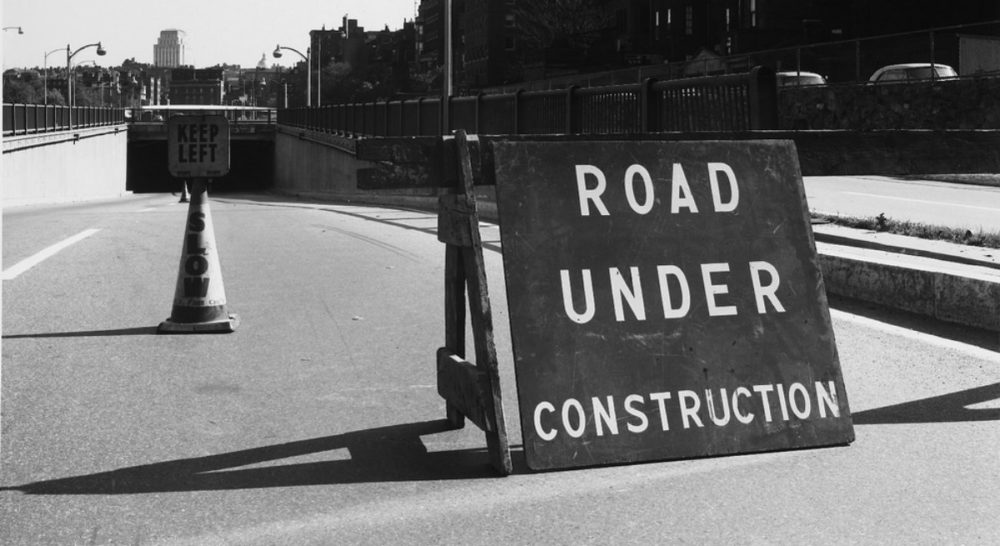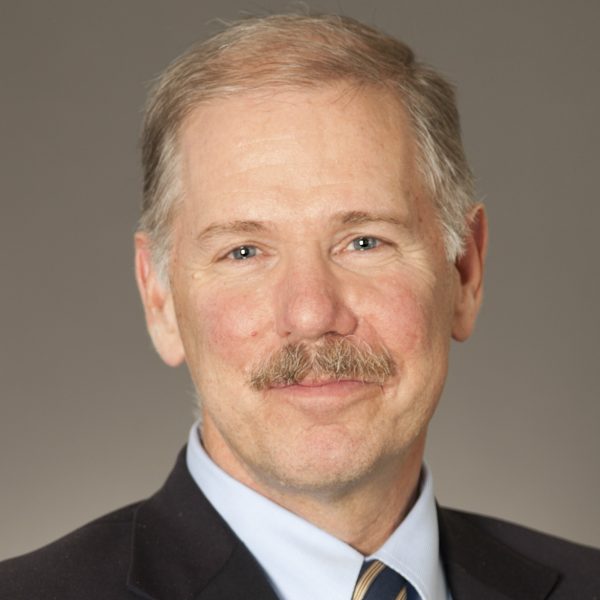Advertisement
America's Government Is Gridlocked. Its Roads Don't Have To Be.

When President Dwight D. Eisenhower signed the Federal-Aid Highway Act on June 29, 1956, he gave the world’s leading economy one of its greatest advantages in the second half of the 20th century: mobility. This program, undertaken over a long, sustained period, included a component that was fundamental to its success: a reliable and user-related funding source, the federal gas tax.
The current federal gas tax was set at 18.4 cents 21 years ago and has not been raised since. Today, it generates approximately $35 billion annually. Meanwhile, the current federal highway program is underfunded. The federal government, which operates on a $94 billion annual infrastructure deficit, allocates $53 billion annually to transportation projects around the country through complex funding formulas. This means that the Highway Trust Fund is structurally bankrupt.
The current federal gas tax was set at 18.4 cents 21 years ago and has not been raised since.
In recent years, federal lawmakers have granted a series of short term “patches,” as they did on July 31, sparing the Transportation Department from having to further cut infrastructure funding. Typically, lawmakers allocate just enough funds from other federal programs or general revenues to cover current spending levels and gas tax shortfalls. This time, the Senate caved to Congress’ wish to permit corporations to set aside less for employee pensions, a budgetary trick that nets higher profits and business tax receipts.
Despite the obvious shortcomings of this cynical, fix-it-later approach, the question remains: How can a long-term capital investment program be managed on a six- or nine-month basis that relies on budgetary sleight of hand? What is becoming clear is that the federal government is no longer a dependable partner to the states for major infrastructure investment. It is time for new thinking at the state and local levels.
In Massachusetts, where the immediate need for investment in our roads, bridges and transit systems is estimated at $23 billion, we find ourselves at a similar juncture. Despite the Legislature’s modest transportation finance package passed a year ago, the deficit in infrastructure investment continues to grow. How does Massachusetts make progress on this daunting challenge? The seeds of an answer are planted in our own innovation economy.
Open road tolling, which has finally come to Massachusetts on the Tobin Bridge, makes it possible to link payment for the use of our roads to the costs of providing and maintaining them. Other innovative technologies can do even more to collect revenues directly from roadway users while regulating traffic flows, relieving congestion and yielding environmental benefits. The same is true for investments in upgrades in our transit systems and commuter rail. But we must be bold in our thinking.
In the 21st century, should we limit facility tolling to those roads, bridges and tunnels that happen to have been built and financed in the last century using toll revenues? A modern, comprehensive system of open road toll gantries on the Metropolitan Highway System could reduce current toll rates on the Mass Pike, the Tobin Bridge and the Ted Williams, Sumner and Callahan tunnels, while imposing a fair and modest toll on users of the highway system north and south. And such a system could be designed to bring congestion relief to Route 128, while also generating revenues that could be available to pay for modernizing our historic transit system.
It is time to bring innovation and creativity to bear in addressing our transportation deficit and rebuilding our infrastructure to support a 21st century economy and quality of life.
Another area of opportunity involves a new approach to major capital investment. Public private partnerships (or “P3’s”) can tap private investment capital, project expertise and innovation, with cost-effective solutions for appropriate infrastructure projects. P3’s can take on responsibility for design, construction, finance, operations and maintenance for many large-scale and much needed investment. But Massachusetts must set aside its historical suspicion of and hostility toward private party participation in managing, investing and operating our public infrastructure. Union employees can still participate in such ventures, as they already do with the MBTA’s commuter rail contract with Keolis.
If Massachusetts embraced the P3 model, with proper precautions, it would be following the lead of many western European and Asia Pacific nations with successful experience on P3 projects, as well as several U.S. states, including Texas, Florida, Indiana and California.
The Commonwealth of Massachusetts is the nation’s hub of innovation and creativity. For decades, we have exported our expertise and innovative transportation technologies, which are widely utilized in other states and around the world. It is time to bring innovation and creativity to bear in addressing our transportation deficit and rebuilding our infrastructure to support a 21st-century economy and quality of life.
Douglas M. McGarrah is a partner at Foley Hoag, LLC, a WBUR underwriter. The views expressed in this column are his own.
Related:
